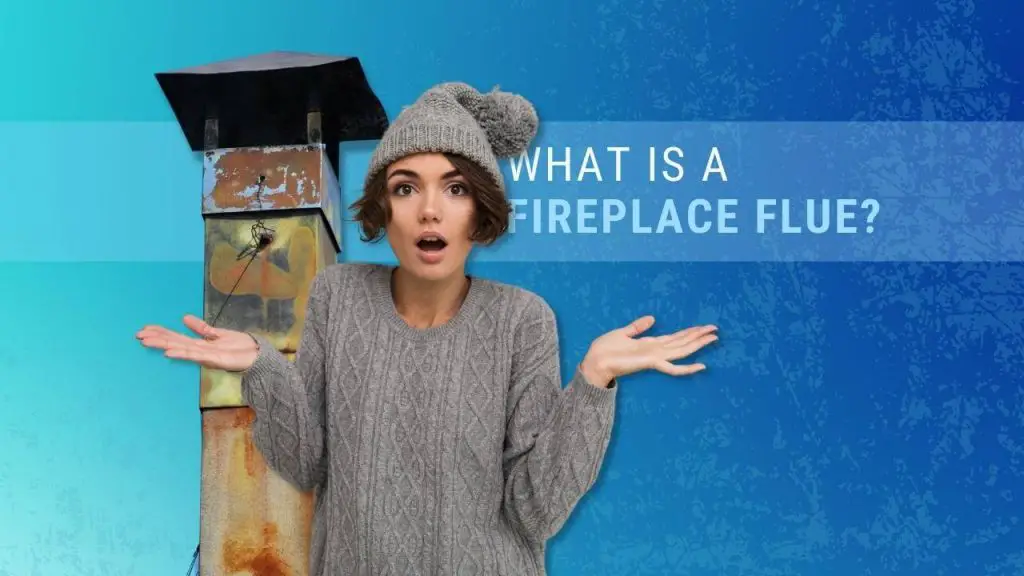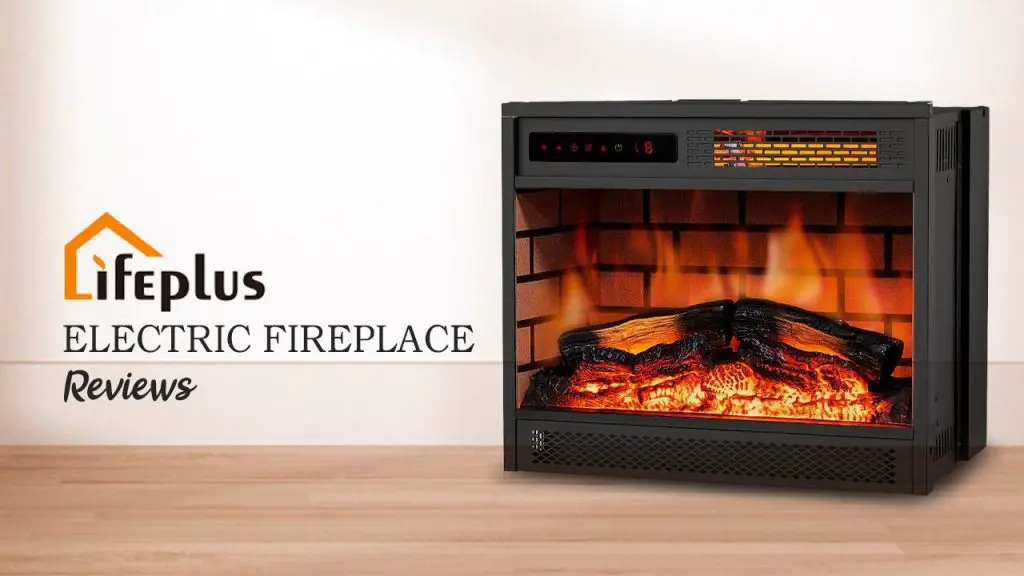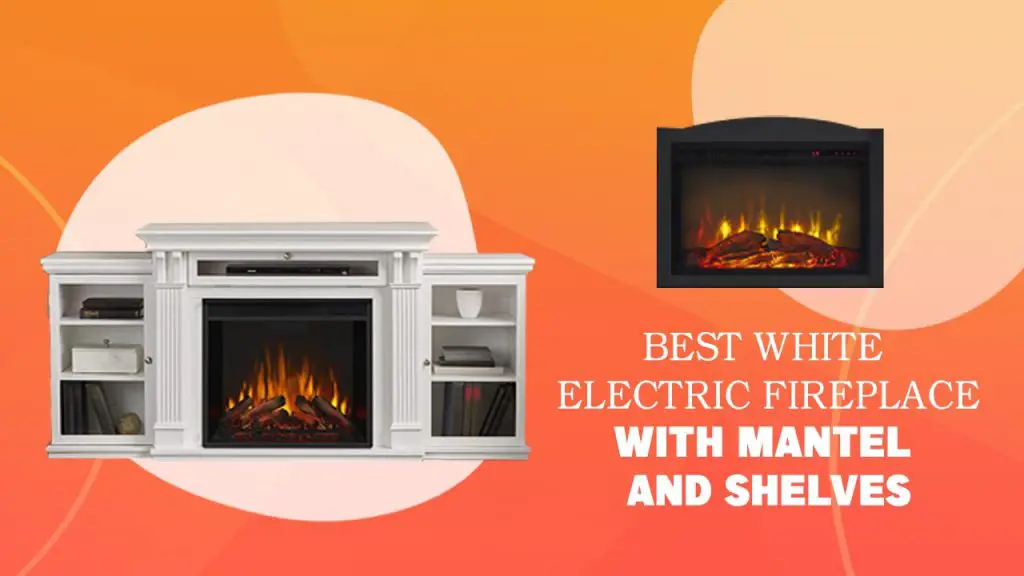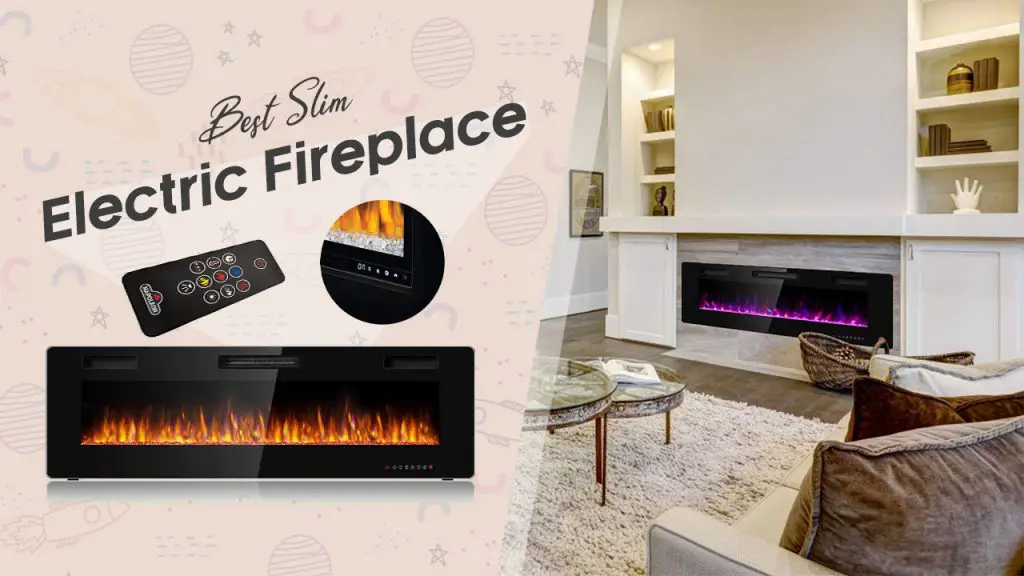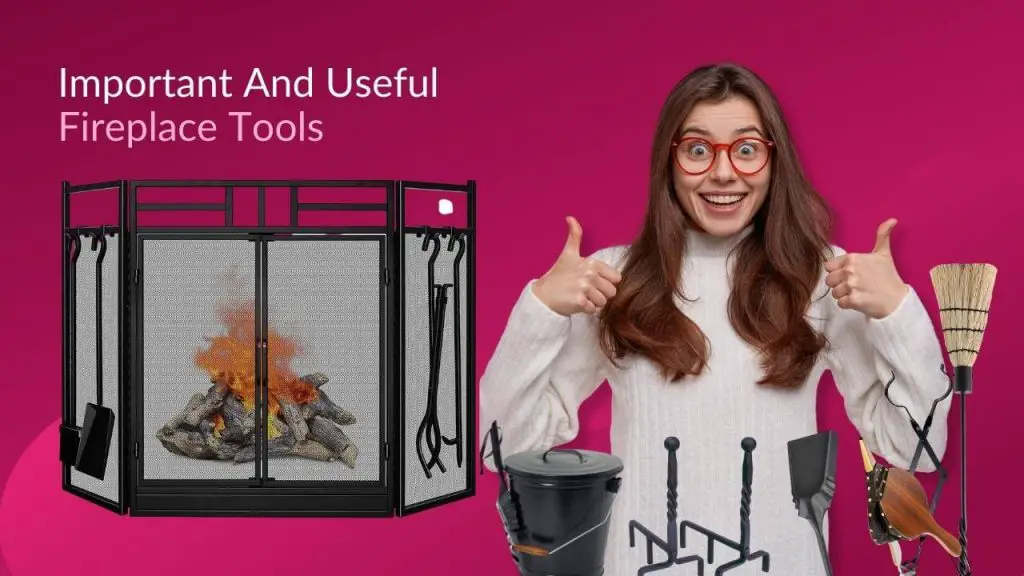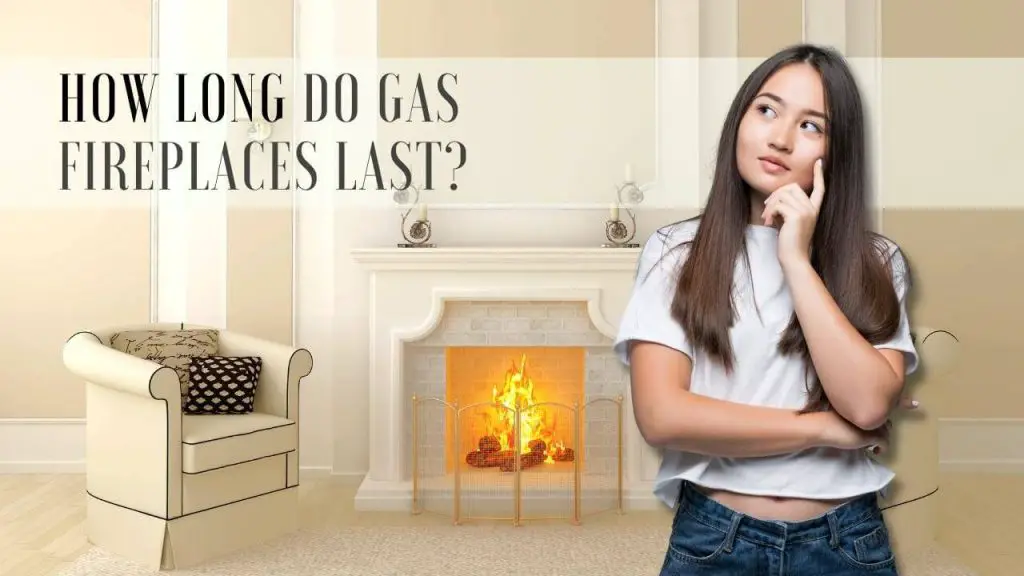There are quite a number of terminologies that homeowners use interchangeably- rather erroneously- when dealing with their fireplaces. It is not uncommon to hear words like flue or chimney flue.
In fact, some say a flue is the same as a chimney. But is this really true? In talking about combustion from fireplaces and furnaces, gases and smoke need to be vented out of the house.
Oftentimes, the term flue is associated with this process, but not many know what it really means.
In this post, we’ll take you through the meaning and purpose of a flue and how it differs from other exhaustion channels.
What Really Is a Fireplace Flue?
A fireplace flue can simply be described as the tube, pipe or channel through which smoke and gases move from a combustion point (such as a fireplace) out the chimney.
It is a conveyor passage of sorts used to exhaust gases outdoor. It can also be in form of a vent or duct that simply directs combustion waste from your heating appliance to the outdoors.
There are some people who refer to a flue as a chimney that is unlined. But this is dangerous. Therefore, it is not right to call it a flue as we can’t associate a flue with unsafe venting.
This duct needs to be smooth and properly sized to match the chimney and allow for uninterrupted airflow. It also needs to be lined properly to ensure toxic gases and high heat do not escape into the home.
Does A Fireplace Need a Flue? Why?
Every natural wood-burning and gas fireplace needs a flue. As long as the fireplace is vented, a flue is a really important part of the fireplace’s exhaustion mechanism.
A chimney is typically made of brick. Without proper direction, combustion smoke and heat may ignite and start a fire in the chimney, slipping through brick cracks and razing down your home.
With a chimney flue, the heat, smoke and other byproducts of the fireplace are directed upwards rather than sideways.
Modern flues and even flue liners are made of steel, making them durable, safe and non-corrosive. The gases easily pass through and go up the chimney, from where they’re exhausted.
Without the proper exhaustion, there is the risk of gas poisoning or even a fire outbreak. It is also important to note that a flue shields the chimney and protects it against possible damage.
Fire is one of the enemies of bricks. By reducing your chimney’s exposure to high heat and even fire, a flue helps to prolong its lifespan.
What Is the Difference Between a Flue, A Vent, A Damper and A Chimney?
The best way to tell the difference between these very similar terms is to first provide a definition for each.
We have already established what a flue is; a channel or pipe that sends combustion byproducts out of the house through the chimney. Then we have the vent.
1. Vent
A vent does the same thing a flue does, except that it doesn’t exactly need a chimney and it is used for lower temperature appliances, such as gas or oil-powered home appliances.
Use of Vents in Gas Fireplaces
For gas fireplaces that are standalone units or for homes that do not have chimneys, a vent can be a very useful resource to keeping your home’s air clean and healthy. Even ventless gas fireplaces can pose health hazards, so venting is important to live comfortably.
Vents for Wood Fireplaces
A wood fireplace is traditionally built with a chimney system. However, modern manufacturers have found a way to design freestanding wood fireplaces that are not connected to an existing chimney exhaust system.
You can build your own ductwork and install a vent to help exhaust smoke and harmful gases.
Does electric fireplace need a vent?
Electric fireplaces do not need any form of venting as they do not generate gases or create emissions.
2. Damper
As part of the chimney terminologies, there is such a thing as a damper.
Whether it’s a throat damper or top-mount damper, its job is simple; to regulate airflow as needed to allow the fireplace to burn properly, prevent loss of heat to the outside and also to allow smoke to go out of the house when the fireplace is burning.
Use of damper in gas fireplaces
A damper exists in a vented natural gas fireplace to help retain the heat in the home rather than let it out through the chimney. It will also help to prevent debris and critters from entering your flue.
And if your gas fireplace happens to release harmful waste, you can open the damper to vent the gases out through the chimney.
Damper uses for wood fireplaces
Let’s consider a few points to emphasize how important a damper is to wood-burning fireplaces.
- Allows oxygen in to help start fires in fireplaces.
- It helps to exhaust smoke and other byproducts of combustion out of the house.
- A damper traps the heat in and improves efficiency.
- It prevents critters and objects coming into the fireplace.
Is damper needed for electric fireplaces?
A damper is not exactly needed in an electric fireplace. But if you have an electric insert, connected to the ductwork, you may need to shut the damper to help trap the heat inside the house.
3. Chimney
Yes, there is the chimney. This is the hollow vertical opening that connects the firebox to the roof of a house. Its job is to conduct combustion gases and smoke from a firebox and out through the roof.
Uses of Chimney in Gas Fireplace
A chimney is a very important component in gas fireplace inserts using an existing fireplace. Its job is to exhaust gases out of your home. But a chimney is also designed in a way that rain and other elements are kept out of your flue.
Use of chimney in wood fireplaces
It is easy to spot the presence of a wood-burning fireplace in a home with smoke coming out through the chimney. That is the primary job of a chimney in wood fireplaces. It exhausts smoke and gases out of the home to keep indoor air clean and breathable.
Do you need a chimney for electric fireplace?
The simple answer is No. Electric fireplaces do not emit gases or smoke. However, a chimney can simply be a decorative component if you have an existing fireplace masonry and put your electric fireplace insert in there.
Further notes:
While a vent is most likely to work on its own, connected to ductwork or directly linked to an appliance, a damper cannot exist on its own. There’s no damper without a chimney. A flue is also always run through a chimney.
Technically speaking, it is a pipe or vertical opening within a chimney. A vent is mostly used for appliances like heaters, driers, furnaces and fireplaces.
Such appliances must use combustible fuel, like propane, wood, fossil fuel and gas. Even a chimney is a type of venting mechanism.
There are also other types of vents that are connected to the ductwork. Others are run directly- horizontally or vertically- from the appliance to the roof.
Final Words:
Now you know what a flue is and how it defers from a chimney or a vent. These are all combustion waste terms that you need to be familiar with if you’re going to successfully run your fireplace.
A flue is an important piece of the fireplace venting puzzle and is only required when vented fireplaces are concerned. These are designed to enable the disposal of combustion smoke and gases, especially if it’s a fireplace insert.
| Photo | Title | Buy |
|---|---|---|

|
LEVOIT Air Purifier for Home & Bedroom - For Allergies and Pets Hair | Check Price On Amazon |

|
BREEZOME 60 OZ Quiet Dehumidifiers for Home, Dual-Semiconductor | Check Price On Amazon |

|
AquaOasis™ Cool Mist Quiet Ultrasonic Humidifier for Bedroom & Large room | Check Price On Amazon |

|
43.3'' Portable Air Conditioners, 3-IN-1 Evaporative Air Cooler w/Remote | Check Price On Amazon |

|
BlueDri BD-AS-550-BL Negative Machine Airbourne Cleaner HEPA Air Scrubber | Check Price On Amazon |

|
Space Heater, VCK 24" 12ft/s Fast Quiet Heating Portable Electric Heater | Check Price On Amazon |
